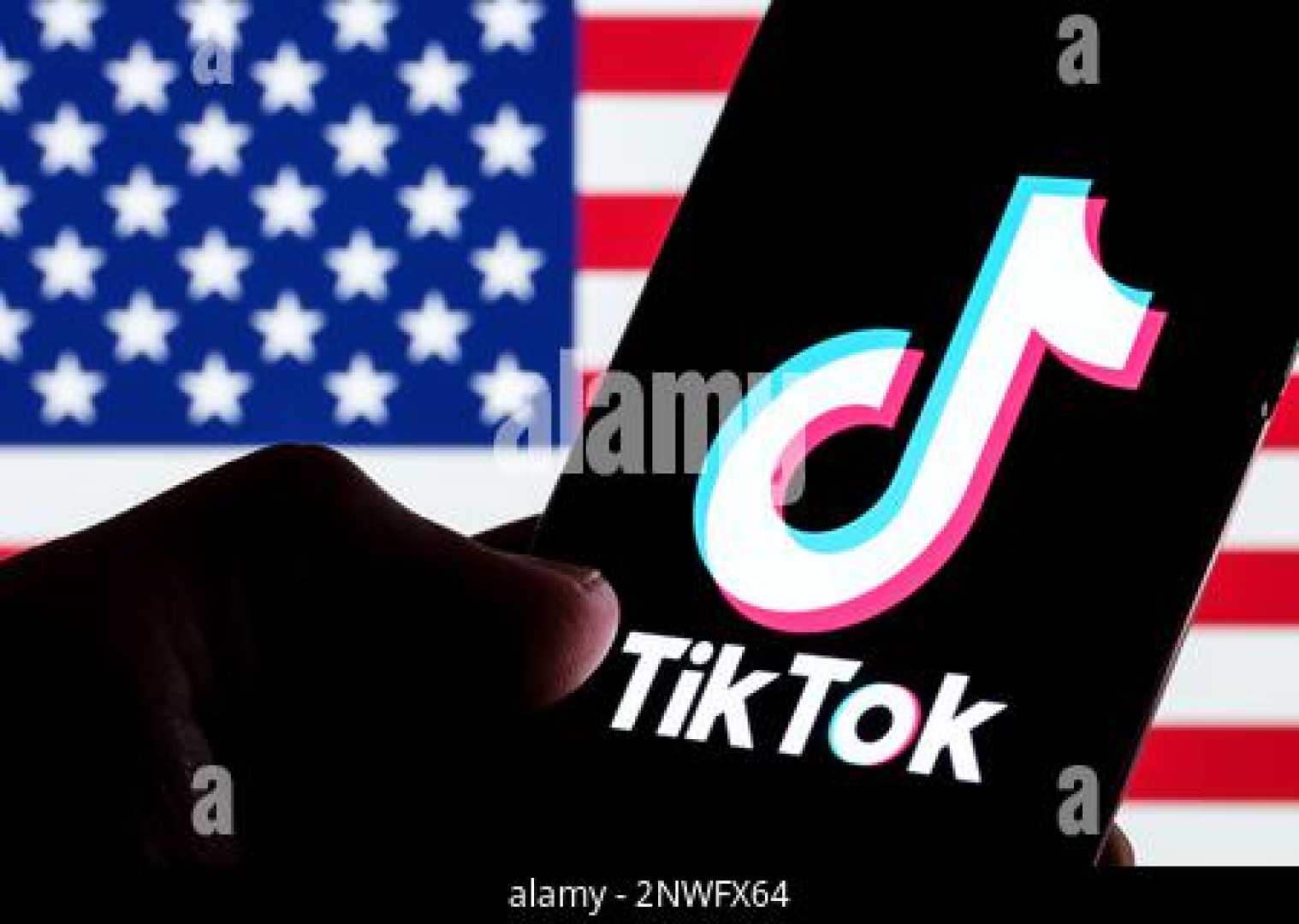Tech
TikTok Ban Reversed: U.S. Users Regain Access Amid Security Concerns

WASHINGTON, Jan. 19, 2025 — TikTok began restoring its services to U.S. users on Sunday after President-elect Donald Trump announced plans to revive the app’s access, reversing a 24-hour ban that left 170 million Americans in limbo. The abrupt ban, which took effect Saturday night, raised significant security concerns and highlighted the challenges of enforcing digital censorship in an interconnected world.
The ban, enacted over national security fears tied to TikTok’s Chinese parent company ByteDance, initially prevented U.S. users from accessing the app or downloading updates. TikTok’s infrastructure partners were forced to shut down the platform’s backend, making it inaccessible even to users attempting to bypass restrictions with virtual private networks (VPNs). “VPNs aren’t currently working to bypass the ban,” said Simon Migliano, a cybersecurity expert. “Bytedance seems to be completely committed to preventing even a single U.S. user from accessing their TikTok account.”
Trump’s intervention came just hours before his inauguration on Monday. “Frankly, we have no choice. We have to save it,” he said during a rally, proposing a joint venture that would give the U.S. a 50% ownership stake in TikTok. The move marks a stark reversal from Trump’s 2020 stance, when he sought to ban the app over concerns about data privacy and Chinese government influence.
TikTok’s restoration has broader implications for global digital censorship. The app’s ability to enforce the ban by shutting down its backend infrastructure and blocking access based on account details, SIM identifiers, and app store regions sets a troubling precedent. “This approach goes far beyond well-thought-out traditional methods,” said Jake Moore of ESET. “It effectively denies access in one fine sweep, setting a worrying precedent for global content control.”
In China, Russia, and other countries with strict internet controls, governments may adopt similar tactics to block access to apps that challenge political or social norms. TikTok’s compliance with the U.S. ban has demonstrated that even VPNs, a common tool for bypassing restrictions, can be rendered ineffective when apps are designed to enforce geographic and account-based restrictions.
Meanwhile, TikTok’s return has been met with relief by millions of users and businesses that rely on the platform. “TikTok has operated in the U.S. for many years and is deeply loved by American users,” said Mao Ning, a spokesperson for China’s foreign ministry. “We hope that the U.S. can provide an open, fair, just, and non-discriminatory business environment.”
As TikTok resumes operations, questions remain about its long-term future in the U.S. Trump’s proposed joint venture could provide a temporary solution, but critics argue that ByteDance must sever all ties with China to fully comply with U.S. law. Republican senators Tom Cotton and Pete Ricketts stated, “For TikTok to come back online in the future, ByteDance must agree to a sale that satisfies the law’s qualified-divestiture requirements.”
The episode underscores the growing tension between national security concerns and the global nature of digital platforms. With TikTok’s fate now tied to political negotiations, the app’s 170 million U.S. users are left to wonder whether their access will remain secure—or if another ban looms on the horizon.












